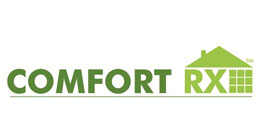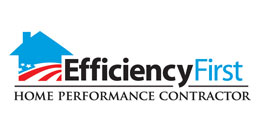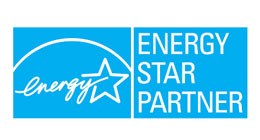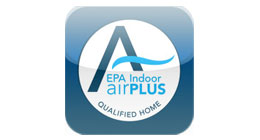Envelope Inspection
Doors
If replacement of doors or adding storm doors is offered as a recommended energy improvement in our report, one or more of your exterior doors has poor insulation value. See air-sealing recommendations regarding leaky doors. Doors should provide a good air-seal when closed. Add or replace weather-stripping to all exterior doors after adjusting for proper fit. Add weather-stripping to doors between the garage and the house to block air leakage and infiltration of carbon monoxide and other pollutants from vehicles. Caulk between the threshold and floor. Raise the threshold (if adjustable) such that it is in full contact with the door sweep. Adjust the strike plate on the jamb so the door seals to the weather stripping. Install storm doors; they can add insulation and air leakage improvement, as well as ventilation options for warm weather. Choose one with air sealing features and interchangeable glass and screens for seasonal adjustments.
Walls
Have us determine whether more insulation can be added to the walls. If so, we add blown cellulose or short-fiber fiberglass to existing wall insulation to decrease air leakage and improve comfort in uncomfortable rooms. Due to typical installation practices which cause gaps and compression of the insulation, wall insulation may not be performing as well as it could. To improve comfort, reduce air leakage, and reduce energy use, consider having walls dense-packed with insulation. The less insulation you have and the leakier your walls are the more air leakage improvement you will see, but be sure to fix any obvious large leaks (noted in the air leakage section) first to more fully control air leakage.
Why does it matter? Insulating your walls can lead to a dramatic reduction in utility bills. If it's time to replace your exterior siding, then be sure to ask your contractor about adding a layer of rigid foam underneath the new sheathing of 1" or more.
Vaulted Ceilings
Vaulted ceilings rarely perform as well as they could, or should. This is either due to an insufficient amount of insulation, or an installation with gaps, compression, and/or air-leakage through the material. Vaulted ceilings with closed framing cavities can be improved by air-sealing the interior air-barrier so that indoor air does not leak into the cavity, then adding blow-in insulation to the cavity by drilling holes from above or below. A layer rigid insulation or "nailbase" should be added above most vaulted ceiling cavities when re-roofing, in order to increase the effective total R-value to R-49. Nailbase also eliminates thermal bridging through joists, and eliminates ice dams.
Windows
In a heating climate, the most important aspect of windows is that they seal properly. Since windows typically take more than 20 years to pay for themselves in energy savings, it is best to maintain your current windows to provide a good air-seal utilizing caulking, foam and weatherstripping. Often, drafts adjacent to windows are due to leaky trim and not the window, so seal the trim with caulking or the jamb with foam sealant. Install insulated window coverings such as thermal blinds or warm window quilts on all windows. In the wintertime, close them at night to insulate the room, and open them up during the day to improve solar heat gain.







